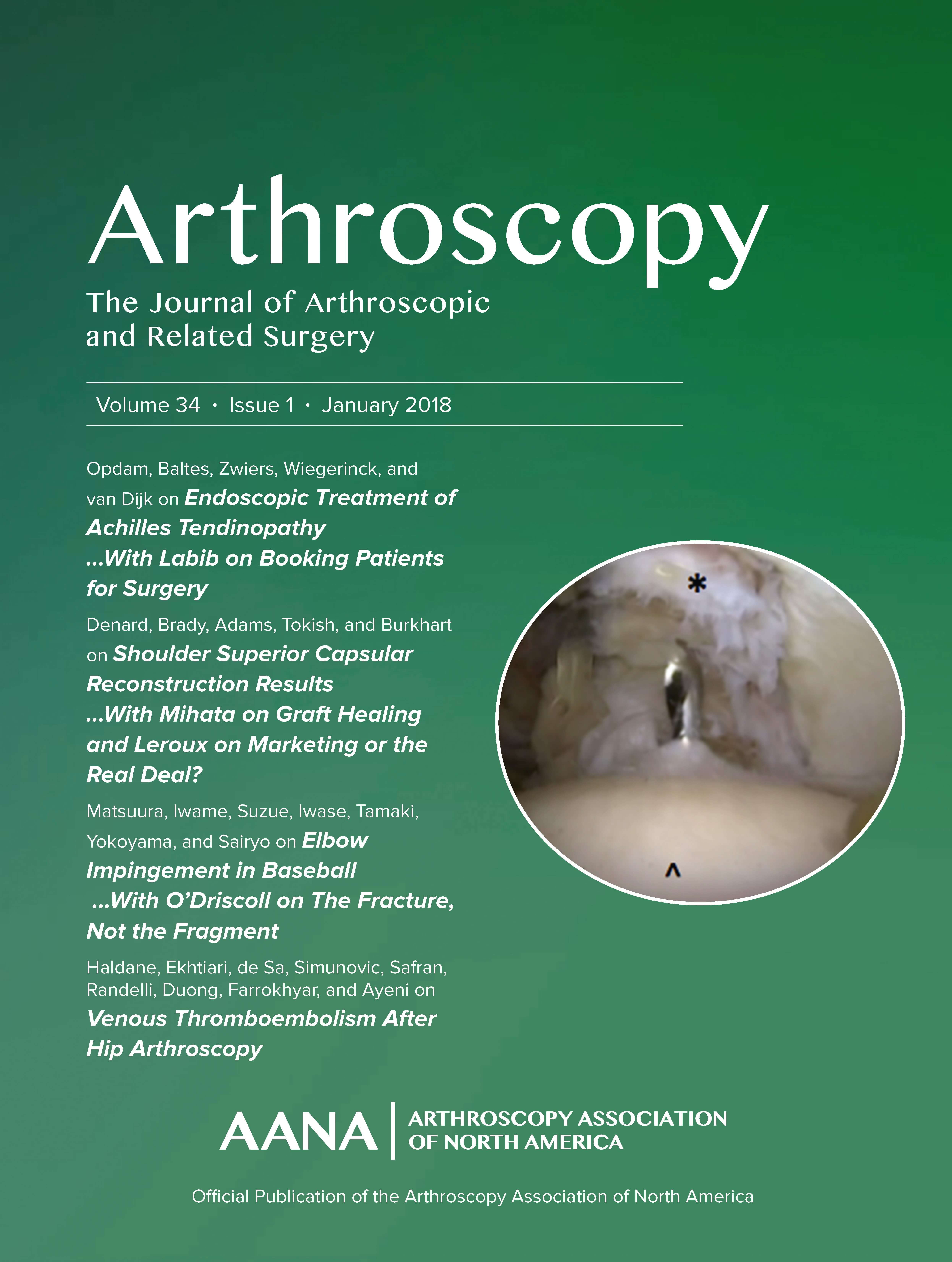
ACL Reconstruction: Femoral tunnel placement more posterior with AMP technique

ACL Reconstruction: Femoral tunnel placement more posterior with AMP technique
Femoral tunnel position on conventional magnetic resonance imaging after anterior cruciate ligament reconstruction in young men: transtibial technique versus anteromedial portal technique
Arthroscopy. 2013 May;29(5):882-90. doi: 10.1016/j.arthro.2013.01.025. Epub 2013 Mar 26Synopsis
64 young men with an anterior cruciate ligament (ACL) injury were randomized to undergo reconstruction with either the transtibial (TT) or anteromedial portal (AMP) technique for femoral tunnel placement. The purpose of the study was twofold: First, to determine the tunnel placement and clinical outcome associated with each procedure, and second, if there was a significant difference in outcome be...
To view the full content, login to your account,
or start your 30-day FREE Trial today.
FREE TRIAL
LOGIN
Forgot Password?
Explore some of our unlocked ACE Reports below!

Learn about our AI Driven
High Impact Search Feature
Our AI driven High Impact metric calculates the impact an article will have by considering both the publishing journal and the content of the article itself. Built using the latest advances in natural language processing, OE High Impact predicts an article’s future number of citations better than impact factor alone.
Continue



 LOGIN
LOGIN

Join the Conversation
Please Login or Join to leave comments.